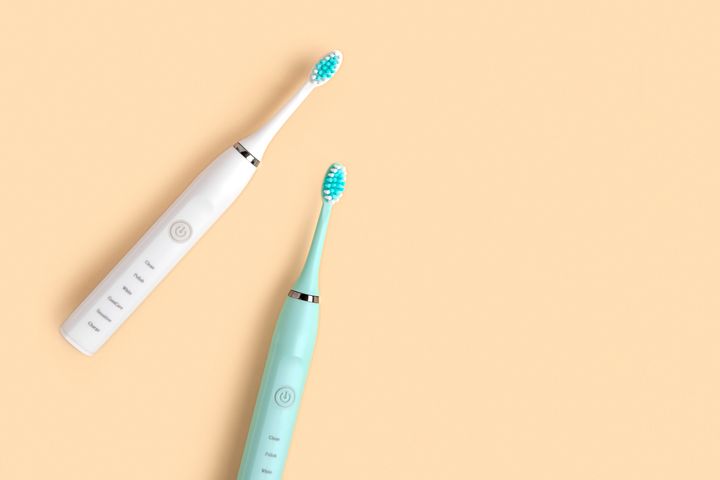
Now that we’re finally headed into warmer temperatures, we need to be looking after our electric toothbrushes a little differently. Yes, really.
According to Dr Abdul Azizi, Principal Dentist and Founder of Harley Private Dental, if we want to maintain optimal dental health, we should change our approach to charging our electric toothbrushes by charging them a little more often.
HuffPost UK spoke with Dr Azizi about the changes to dental health that summer can bring, and how we can tackle it.
Summer often means that our toothbrushes have to work harder
Dr Azizi explained: “During the summer, the higher temperatures and increased humidity levels can lead to faster bacterial growth on your toothbrush.
“Outdoor activities and the consumption of sugary, acidic summer treats can also contribute to greater wear and tear on the bristles, making the toothbrush less effective at cleaning your teeth.”
With this in mind, charging your toothbrush more frequently means that you are using a tool that is both hygienic and effective at maintaining oral health.
Dr Azizi also highlighted that while it’s advised that we change our toothbrush heads every three months, we should consider making it as often as every 6-8 weeks during the summer.
He said: “If you do not replace your toothbrush regularly, especially in the summer, it can become a breeding ground for bacteria and fungi. This can lead to various oral health issues such as bad breath, gum disease, and tooth decay.
“Over time, the bristles of the toothbrush also become frayed and less effective at removing plaque and food particles, which can exacerbate these problems.”
The dangers of not replacing your toothbrush are probably more serious than you thought
Dr Azizi warned: ” A worn-out toothbrush is less effective at cleaning, leading to plaque buildup, which can cause cavities and gum disease.
“Additionally, an old toothbrush can harbour harmful bacteria that may cause oral infections and even spread to other parts of your body.”
Dr Azizi recommends the following summer dental hygiene habits:
- Regular replacement: It’s generally recommended to replace a toothbrush every 3-4 months, but during the summer, this interval might be shortened to every 2-3 months to maintain optimal oral hygiene.
- Proper storage: Ensure the toothbrush is stored in a dry, ventilated area. Avoid keeping it in enclosed spaces where moisture can be trapped.
- Thorough rinsing: After each use, thoroughly rinse the toothbrush with water to remove any toothpaste and debris. Allow it to air dry completely.
- Cover when travelling: Use a travel cover or case to protect the toothbrush from contamination when on the move. However, ensure the cover has ventilation to prevent moisture buildup.